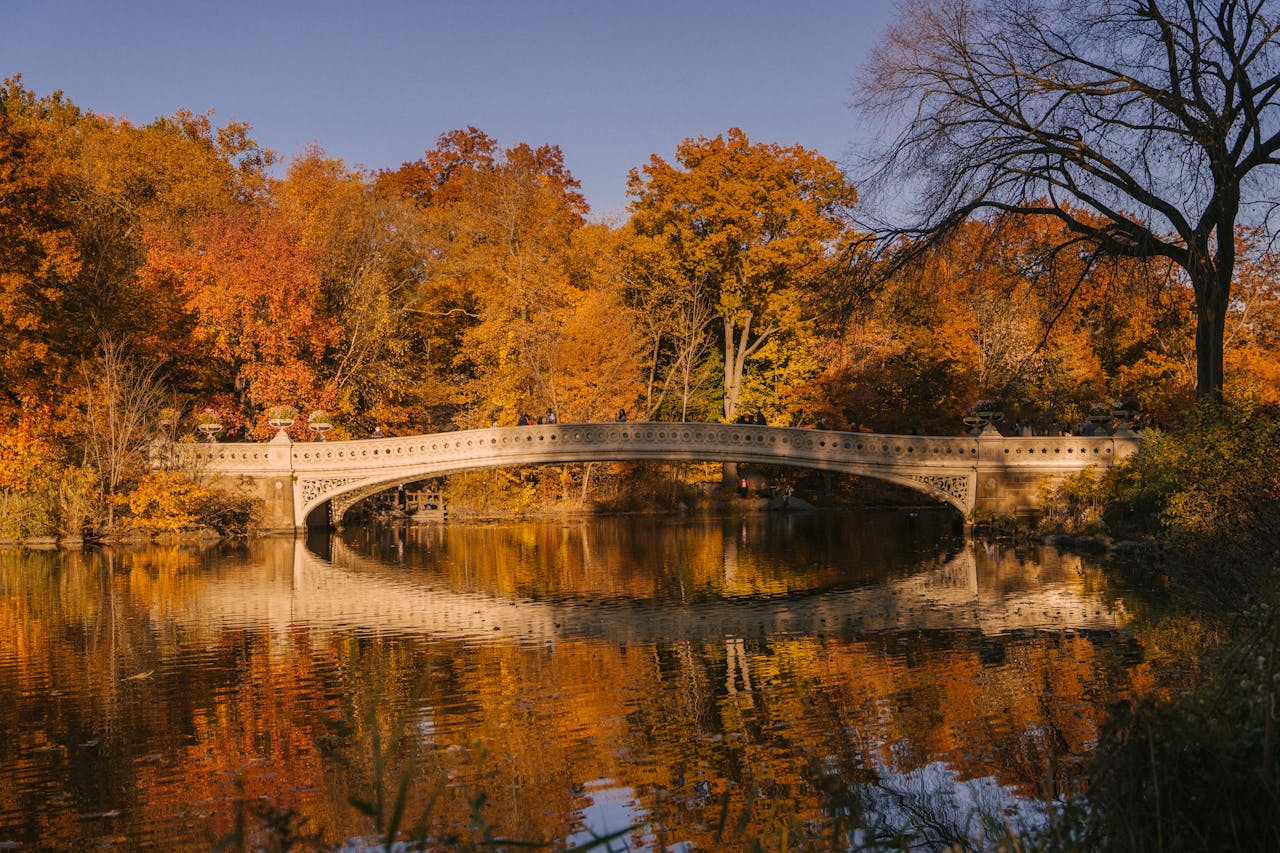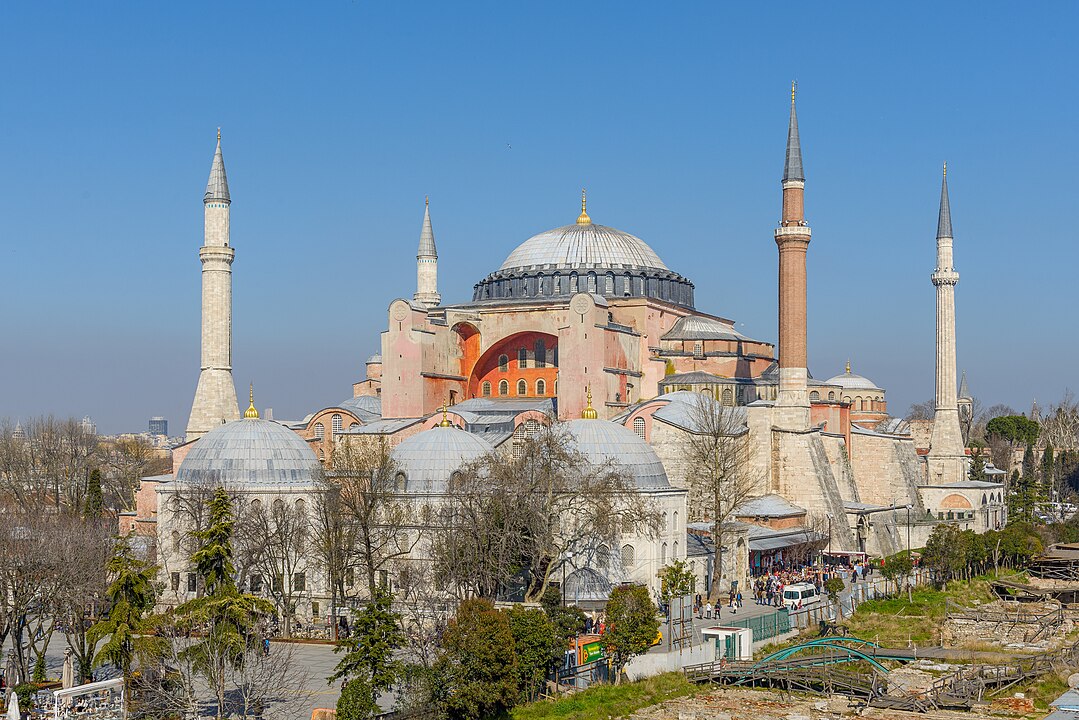November’s Beaver Moon arrives as a true supermoon, skimming closer to Earth and swelling brighter than recent memory. Peak fullness lands at 8:19 a.m. EST on Wed, Nov. 5, yet the magic lives at dusk from Nov. 4 to Nov. 6 when horizons glow and air cools. The name nods to busy beavers sealing lodges before deep cold. Skies should favor the South, with early chances across the Central states and select openings in the Northeast and Great Lakes.
Acadia National Park, Maine
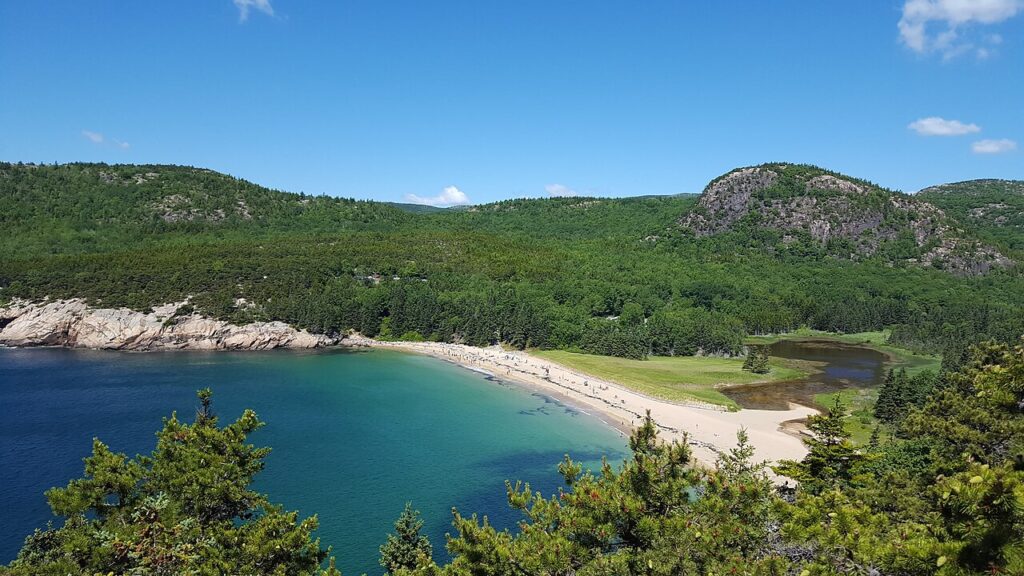
Granite headlands, black spruce, and Frenchman Bay make a clean stage for a rising disk that feels almost within reach. Forecasts hint at the Northeast shining early in the window, so Tuesday dusk aligns with the best odds. Bar Harbor’s shore path, Schooner Head, and Sand Beach offer wide horizons and water that doubles the silver lift. Cold, dry air cuts haze, sharpening crater rims and ray systems until the bay reads like polished slate.
Central Park Great Lawn, New York
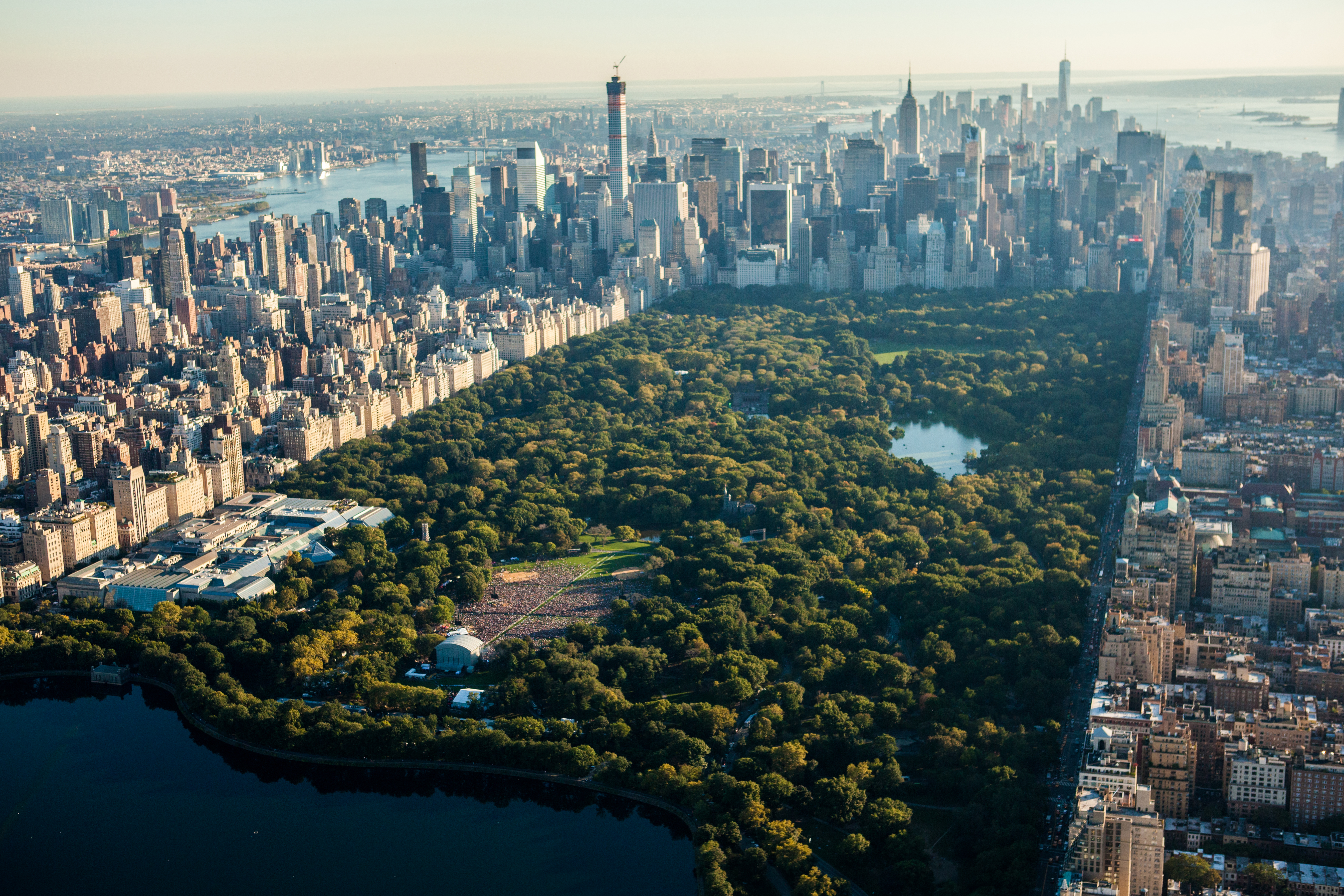
A broad meadow frames the sky while the skyline creates a strong horizon line that suits a big, bright moon. Tuesday looks like the smart play for this region, with the Reservoir track and Great Lawn edges offering long sightlines. Reflections gather along the water, and thin cirrus can add a faint halo without stealing detail. Late fall leaf drop opens gaps between branches, and the city’s glow becomes a soft underlight rather than a distraction.
Cape Cod National Seashore, Massachusetts
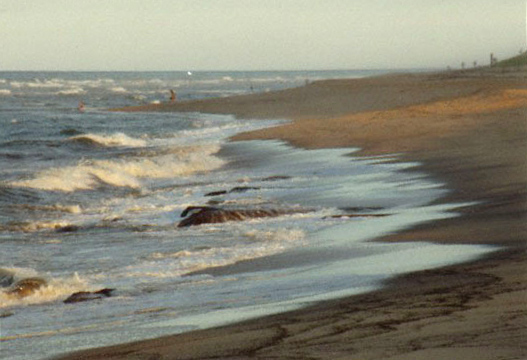
Dunes, kettle ponds, and tidal flats give the supermoon multiple mirrors and clean approaches. Coast Guard Beach, Fort Hill, and Herring Cove sit perfectly for an eastern lift that grows brighter as twilight deepens. Tuesday evening still appears safest for clarity, with cooler air helping the view. The bay often calms near sunset, turning to glass and doubling the disc. With crowds light in November, small sounds carry and the scene feels quietly immense.
Chicago Lakefront, Illinois
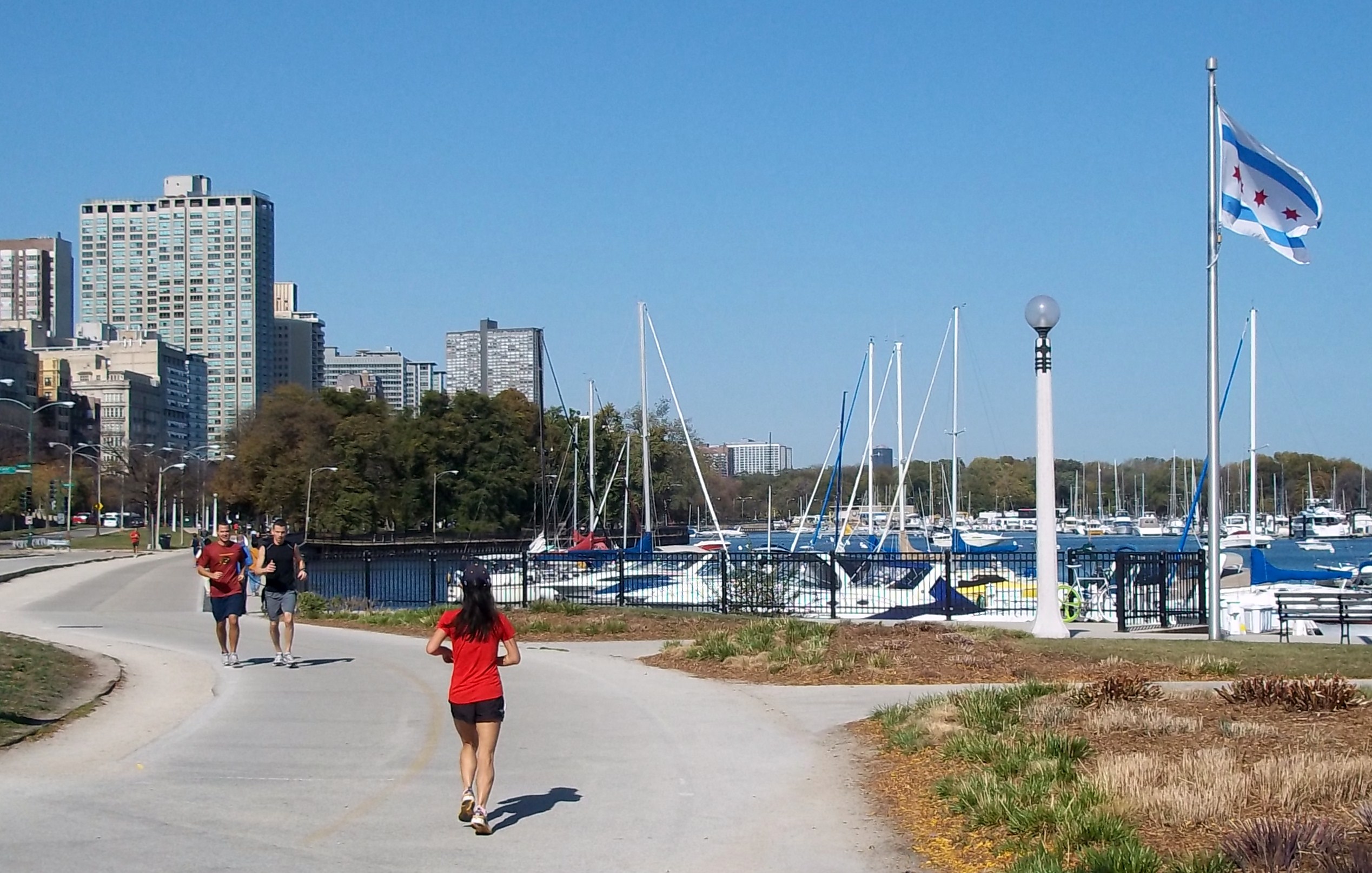
From Promontory Point to Adler Planetarium, the lake’s dark plate and the city’s profile create a natural amphitheater. Great Lakes timing leans toward Wednesday, so an after work window can meet the clearest patch. As the moon clears the horizon, reflections fracture across small chop, turning the harbor into bright mosaic tiles. Buildings gather and return the glow, while cool air and steady breezes favor clean edges. Even brief breaks in cloud can deliver drama.
Door County Bluffs, Wisconsin

High limestone edges and lighthouse perches give the Beaver Moon quick clearance above treelines. With Wednesday offering the region’s best break, overlooks near Cave Point or Eagle Bluff align rock and water into a tidy frame. Green Bay’s sheltered coves hold smooth reflections when winds ease, and the cold steadies the view like a tripod. A thin band of cloud can tint the rim rose and gold, then fade to stark silver as the disk climbs.
Blue Ridge Parkway Overlooks, North Carolina
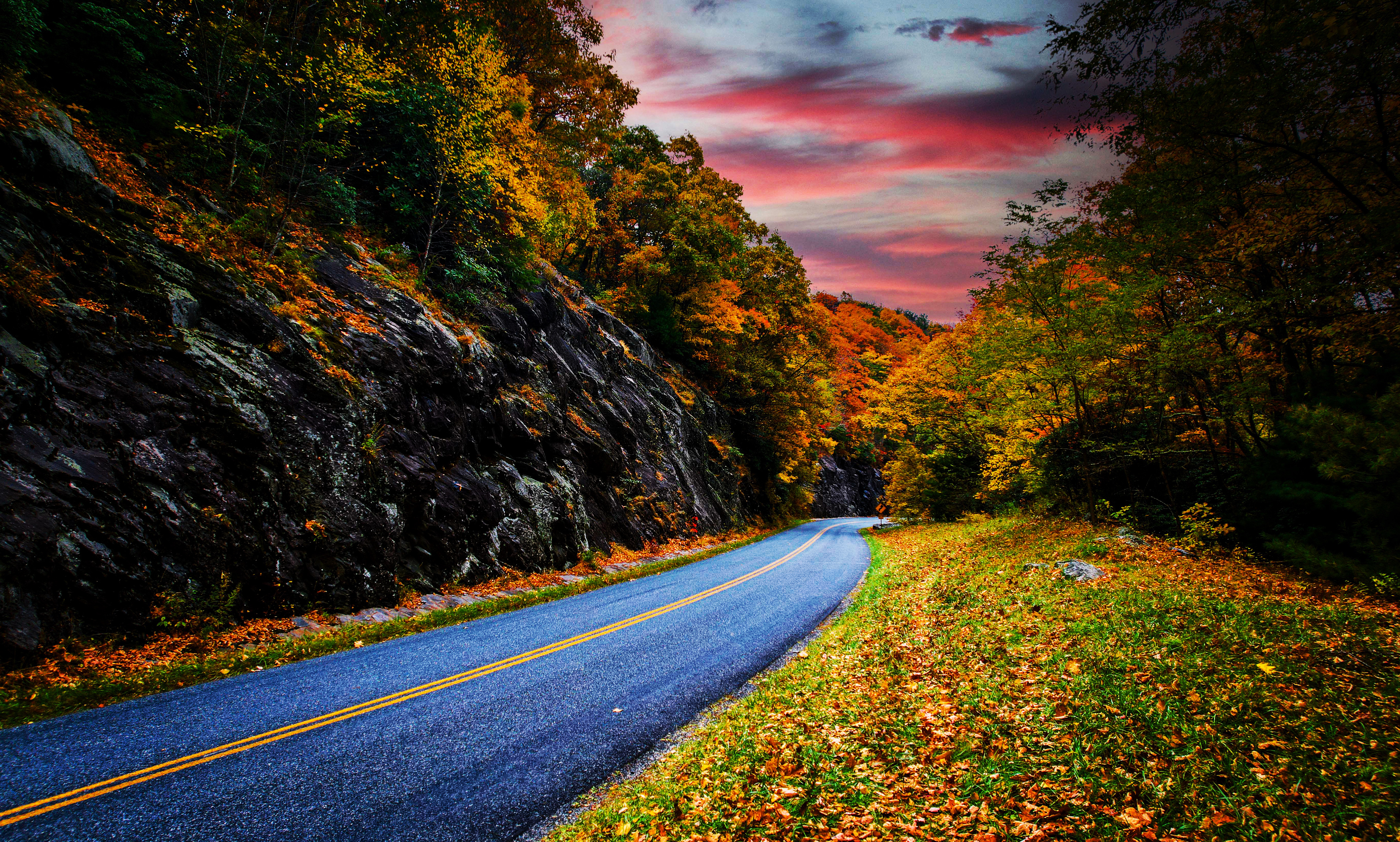
Layered ridges and long valleys slow the moon’s entrance and stretch the moment. The South trends clear through the prime window, and overlooks near Craggy Gardens or Waterrock Knob give deep perspective with little stray light. Twilight paints the folds lavender before the disk brightens them pewter. Leafless crowns widen the vista, and distant towns scatter a gentle foreground sparkle. Either side of Nov. 5 remains strong, so clear evenings become easy wins.
Charleston Waterfront Park, South Carolina
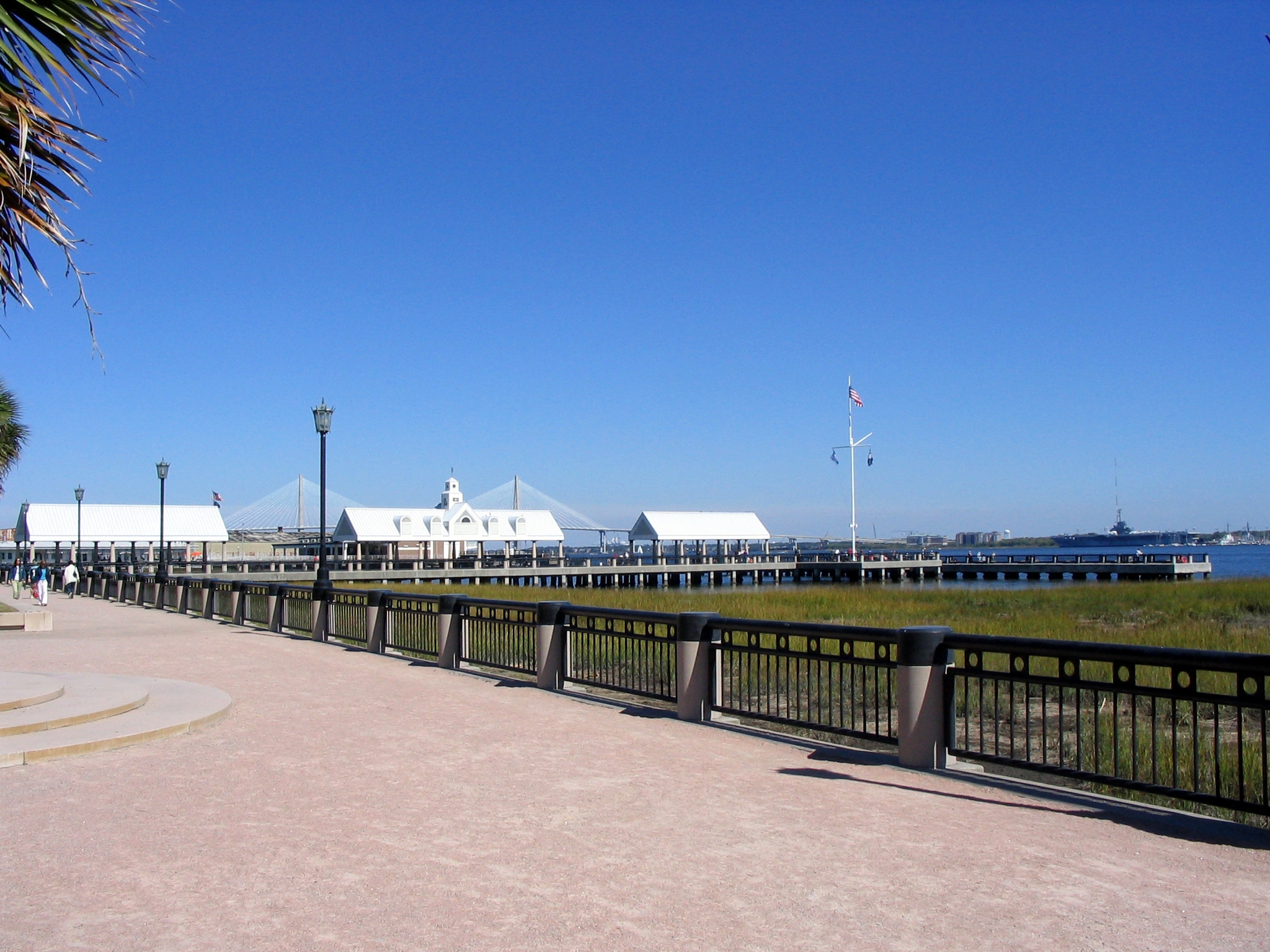
Marsh light, a broad harbor, and slim church spires frame a rising moon with painterly balance. Southern skies look cooperative, making the Pineapple Fountain lawn and Vendue piers smart choices for an open east. As tides turn, slick water pulls the reflection toward shore and seems to hold the disk steady. Cooler evenings trim humidity scatter, revealing more surface detail. Cargo cranes and steeples offer scale without stealing the scene, which keeps sliding toward calm.
Big Bend National Park, Texas
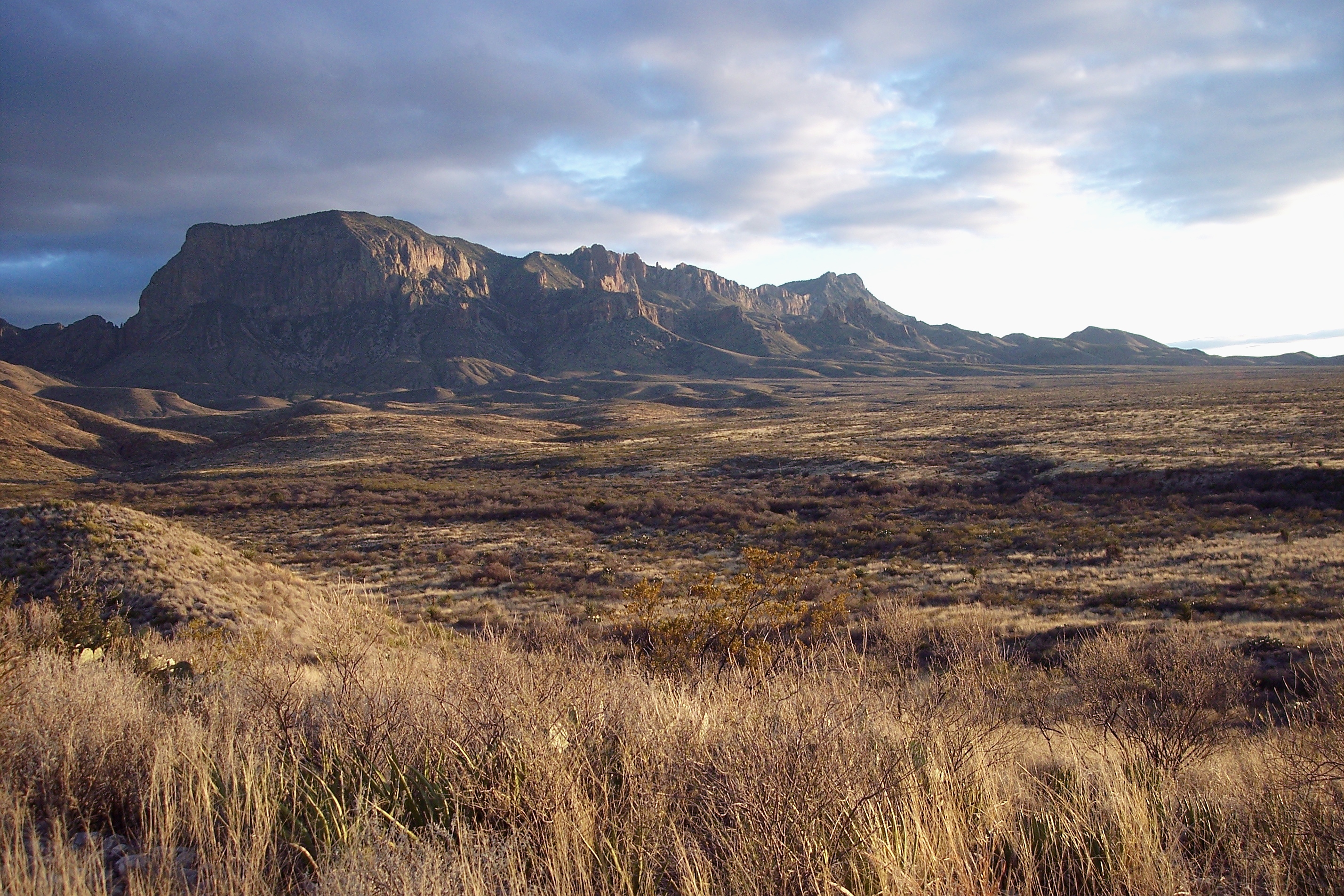
Desert air and dark basins let the supermoon punch above its weight. The South holds clear advantages across all three nights, and the Chisos Basin or Santa Elena rim brings a sharp horizon with sculpted silhouettes. The moon shoulders past jagged rock and floats above open flats, turning ocotillo and sotol into ink lines. Dry air raises contrast without deep chill, so detail on the maria stays crisp while dusk color lingers along the rim.
Santa Monica Mountains, California
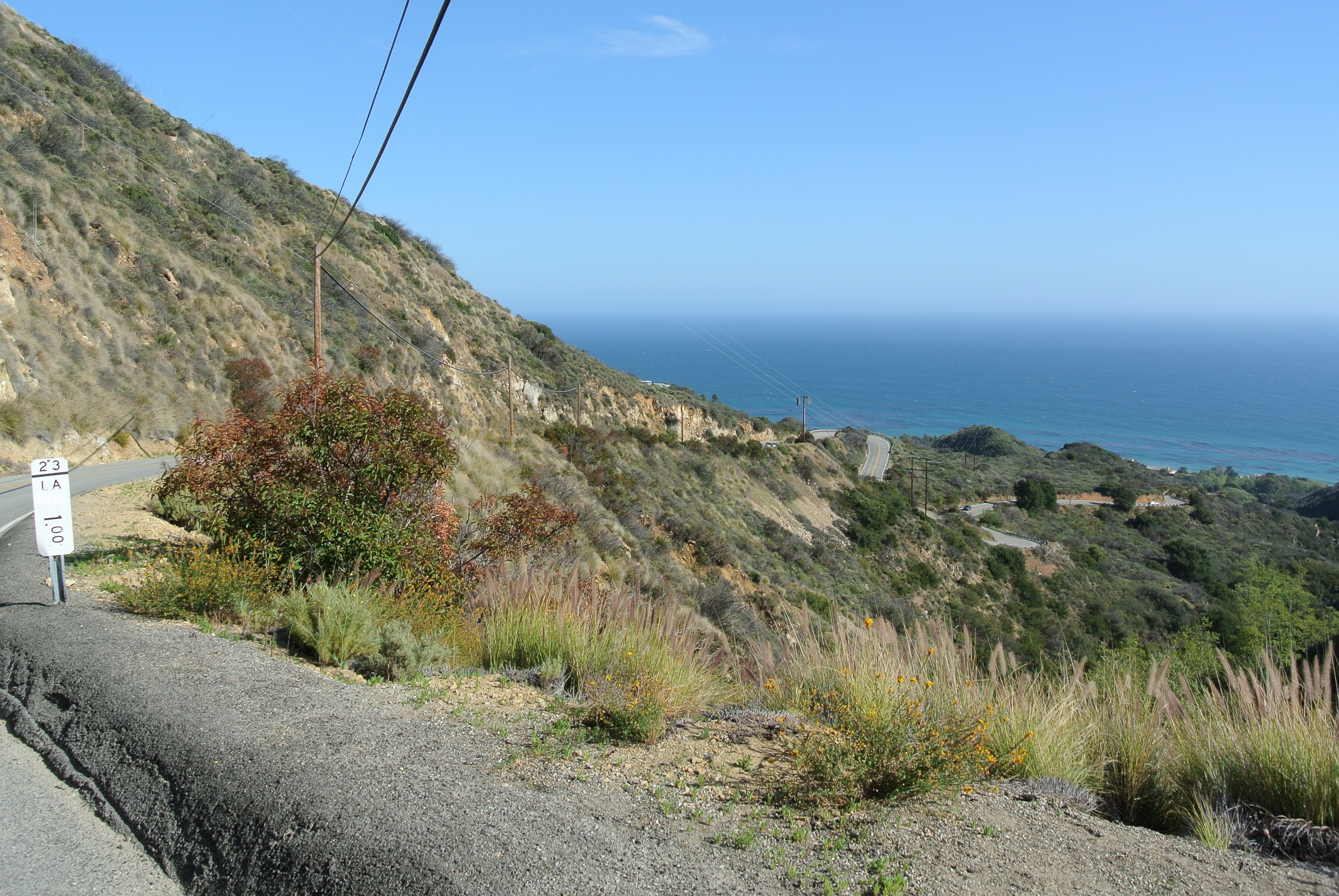
Crest roads and ocean facing trails sit above coastal haze, giving the moon a clean lane from a steel blue Pacific. While the Northwest tangles with cloud, parts of Southern California keep windows open, especially around Malibu and Will Rogers viewpoints. Marine layers can part near sunset, revealing a bright lift that outruns the dim city glow behind the spine. Chaparral slopes take a soft shine, and the horizon stays simple, blue water and silver disk.
Sedona Red Rocks, Arizona

Buttes and mesas turn the rise into theater, with sandstone fins carving a bright edge into the sky. The Southwest holds decent odds for breaks, and Courthouse Vista or Airport Mesa provide broad arcs and warm rock that bounces soft light back upward. As Earth’s shadow climbs, the disk clears the horizon with surprising speed and then lingers in slow focus. Dry air keeps features crisp while the red walls deepen to wine and charcoal.
